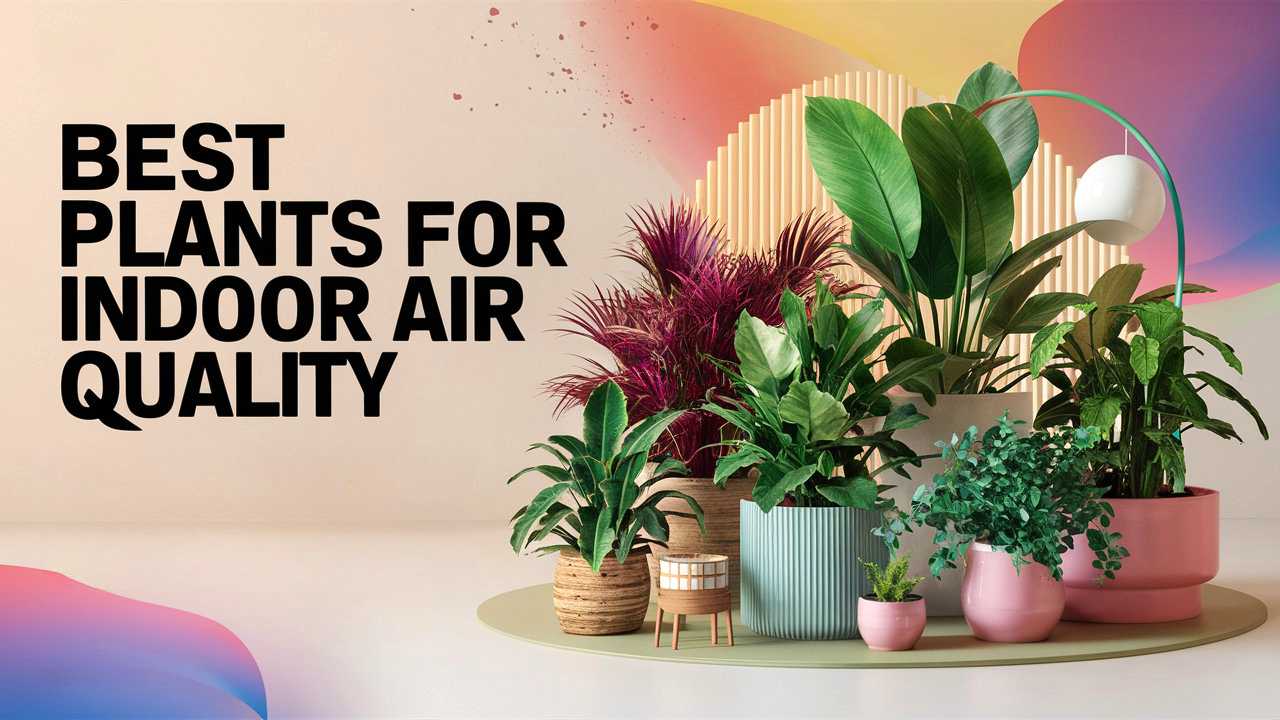Indoor air quality plays a significant role in our well-being. Many people spend a considerable amount of time indoors, whether at home or in the office, making it essential to ensure that the air we breathe is clean and healthy.
One effective and natural way to improve indoor air quality is by incorporating houseplants into your living spaces. Studies suggest that certain plants can filter harmful toxins from the air, increase humidity, and enhance overall comfort. Here are 20 remarkable plants known for their air-purifying qualities, perfect for anyone wanting to learn more about creating a healthier indoor environment.
Spider Plant

The Spider Plant is a popular choice for beginners due to its low maintenance needs. This resilient plant produces long, arching leaves adorned with small white flowers. Spider Plants are known to remove formaldehyde, xylene, and carbon monoxide from the air. They thrive in bright, indirect sunlight but can adapt to lower light conditions, making them versatile for different indoor settings.
Snake Plant

The Snake Plant, also known as Mother-in-Law’s Tongue, is another champion in air purification. Its upright, sword-like leaves can grow up to four feet tall. The Snake Plant is unique because it converts CO2 into oxygen at night, enhancing air quality while you sleep. It can tolerate a range of light conditions and requires minimal watering, making it an excellent option for busy lifestyles.
Peace Lily

With its elegant white blooms and glossy green leaves, the Peace Lily is an attractive addition to any room. This plant is effective at filtering out harmful chemicals like ammonia, benzene, and formaldehyde. Peace Lilies prefer shade or low light and thrive in humid conditions, which makes them ideal for bathrooms or kitchens. However, they do require regular watering to keep their foliage looking luscious.
Boston Fern
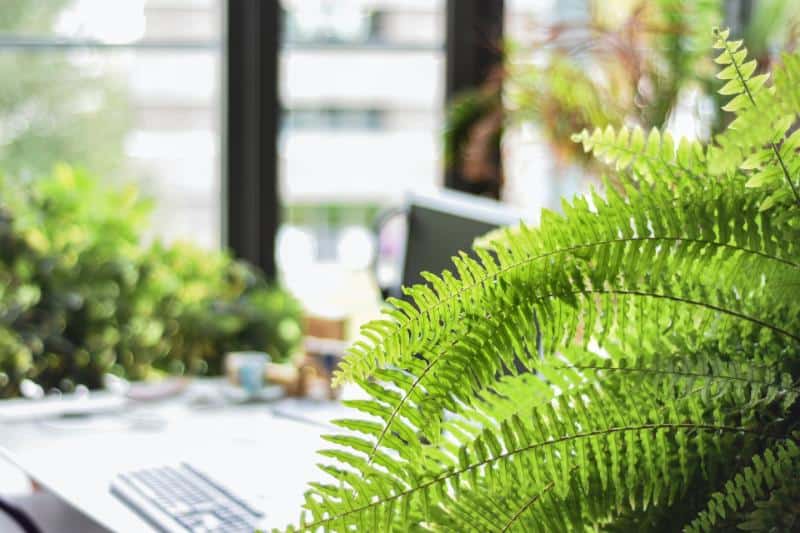
The Boston Fern is recognized not only for its lush, feathery fronds but also for its ability to remove pollutants like formaldehyde and xylene from the air. These ferns prefer a humid environment and indirect sunlight. Regular misting and a well-draining potting mix help keep them healthy, making them perfect for hanging baskets or tall plant stands.
Bamboo Palm
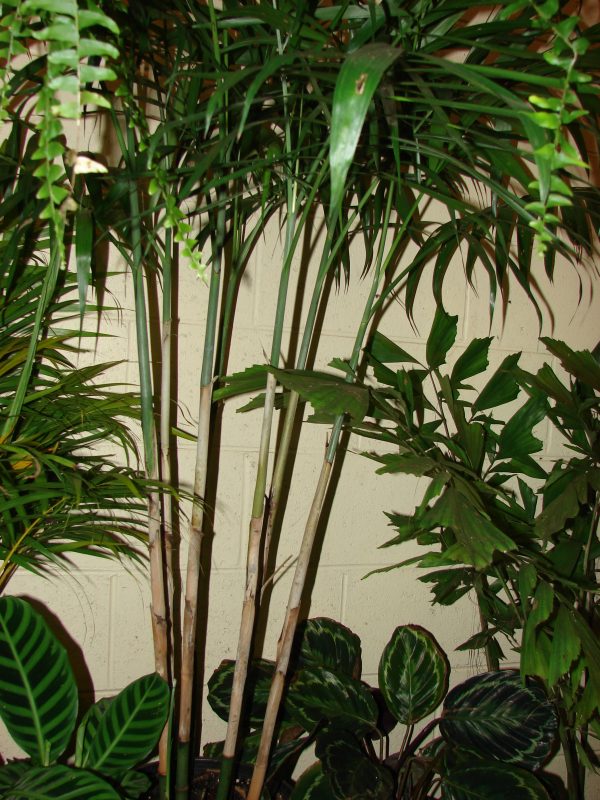
The Bamboo Palm is a graceful option that brings a tropical feel to your indoor space. Known for its ability to filter out benzene, formaldehyde, and trichloroethylene, this palm is particularly effective at enhancing air quality. It thrives in bright, indirect light and enjoys consistent moisture, making it a great addition to warmer, humid rooms or locations with indirect sunlight.
Rubber Plant

The Rubber Plant is popular for its large, dark green leaves that can add a touch of elegance to any room. This plant is known for its excellent air-purifying abilities, particularly in removing toxins like formaldehyde. Rubber Plants thrive in bright light but can tolerate lower light conditions. They prefer moderate watering, allowing the soil to dry out between waterings, making them relatively easy to maintain.
Dracaena
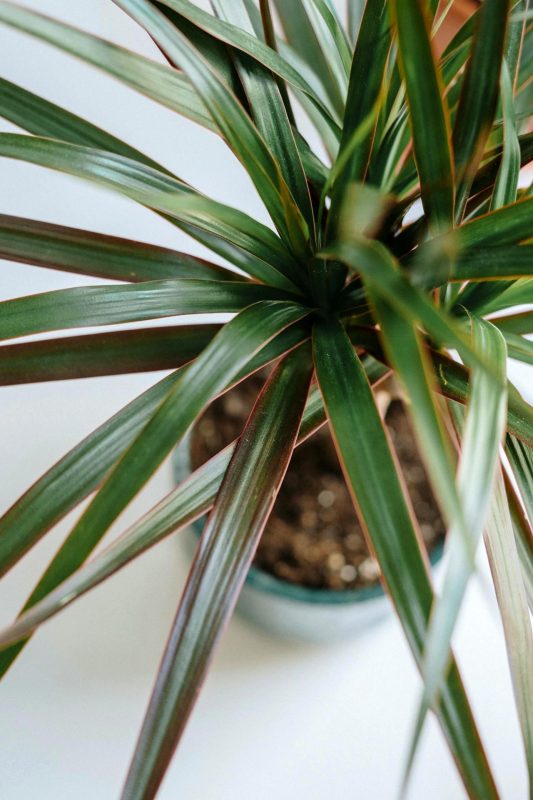
Dracaena comes in various species, each with unique leaf patterns and colors. These hardy plants can filter out toxins such as benzene, formaldehyde, and trichloroethylene. Dracaenas prefer indirect light and require minimal water. Their diverse appearances allow for creative indoor styling, making them a popular choice among plant enthusiasts.
Pothos

Pothos, with its trailing vines and heart-shaped leaves, is a favorite for many. Known for its ease of growth and fast propagation, Pothos is excellent at filtering out indoor pollutants such as formaldehyde, benzene, and xylene. It can thrive in low-light conditions and requires infrequent watering, making it an ideal choice for those new to indoor gardening.
Areca Palm
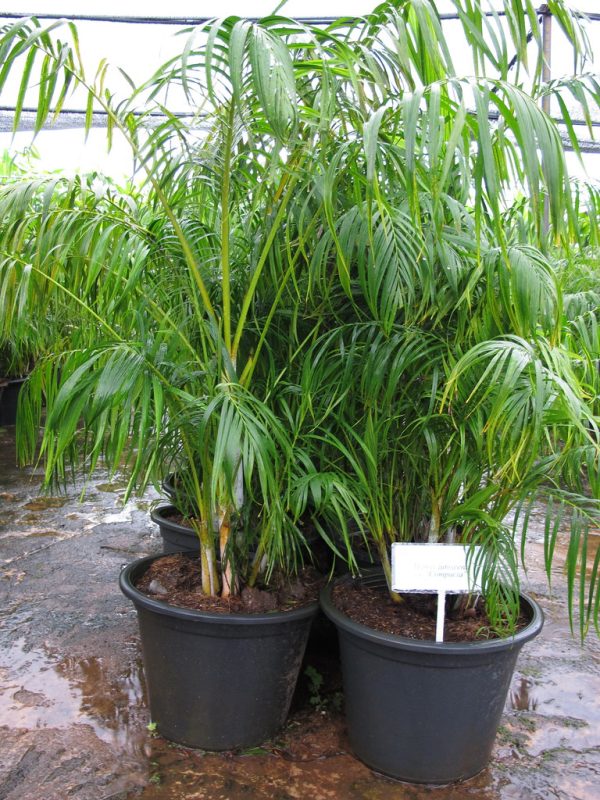
The Areca Palm, also known as the Butterfly Palm, is a beautiful and effective air purifier. This palm not only humidifies the air but also removes toxins like formaldehyde and xylene. It prefers bright, filtered light and regular watering. The Areca Palm can grow quite tall, making it a stunning focal point for larger rooms.
ZZ Plant
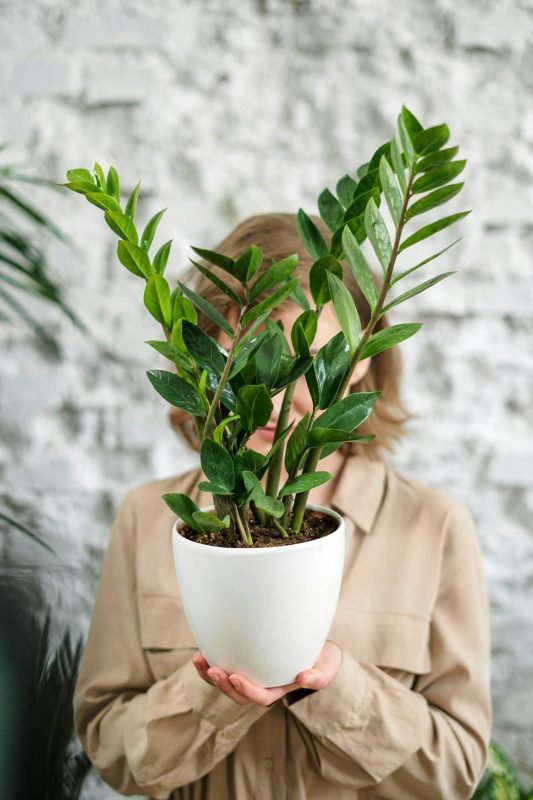
The ZZ Plant, with its waxy dark green leaves, is virtually indestructible. It flourishes in low-light conditions and requires very little water, making it perfect for those who may forget to water periodically. Besides its hardiness, the ZZ Plant is effective at filtering out toxins, especially xylene and toluene, enhancing indoor air quality effortlessly.
Philodendron

Philodendrons are known for their versatility and beautiful heart-shaped leaves. They grow rapidly and are excellent at removing toxins from the air. Philodendrons thrive in a range of light conditions, from low light to bright indirect sunlight. They do appreciate humidity, and regular watering helps keep their vibrant foliage looking its best.
Aloe Vera
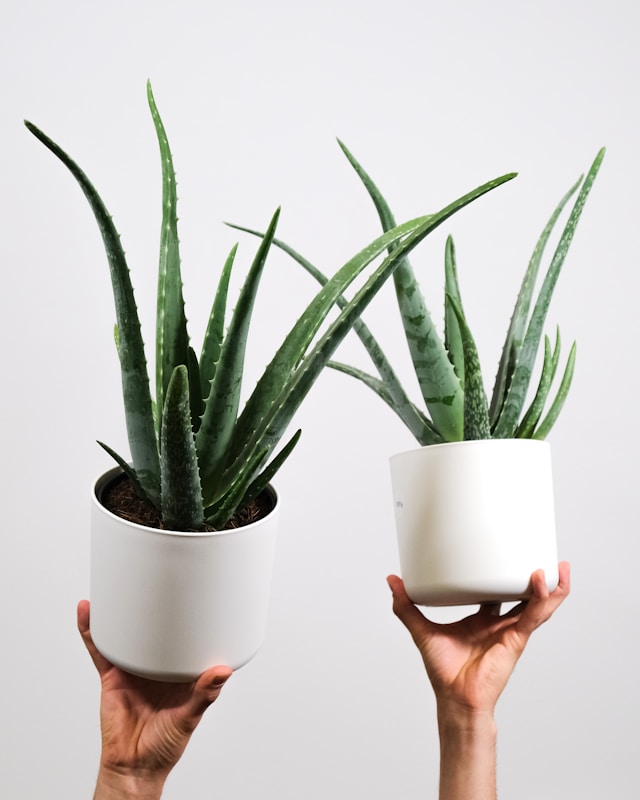
Aloe Vera is well-known for its medicinal properties, but it also serves as an excellent air purifier. This succulent can filter out formaldehyde and benzene while releasing oxygen, particularly at night, improving indoor air quality while you sleep. Aloe Vera prefers bright, indirect sunlight and requires minimal watering, making it suitable for sunny windowsills. Beyond its benefits for air purification, the gel inside the leaves can be used for soothing burns and skin irritations, making it a functional addition to your home.
Lady Palm
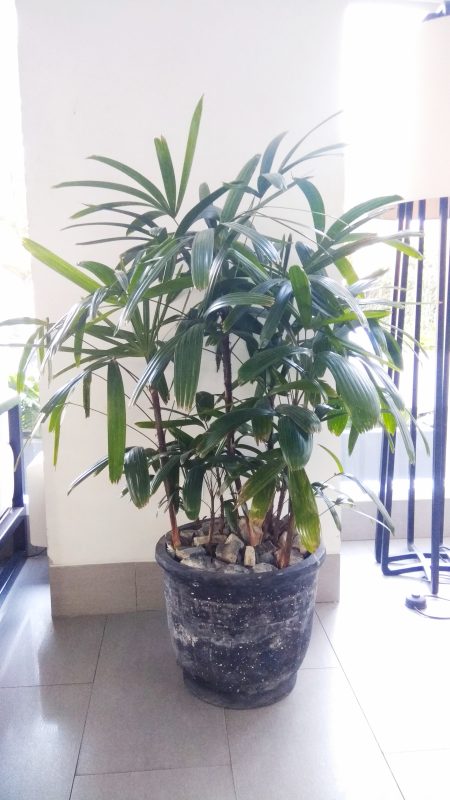
The Lady Palm is an attractive plant that effectively removes indoor air pollutants such as formaldehyde, ammonia, and xylene. It features arching fronds that can grow quite tall, offering a lush, tropical feel to your home. The Lady Palm flourishes in bright, indirect light but can adapt to lower light conditions. Regular watering is essential, especially during the warmer months when the plant is actively growing.
Chinese Evergreen
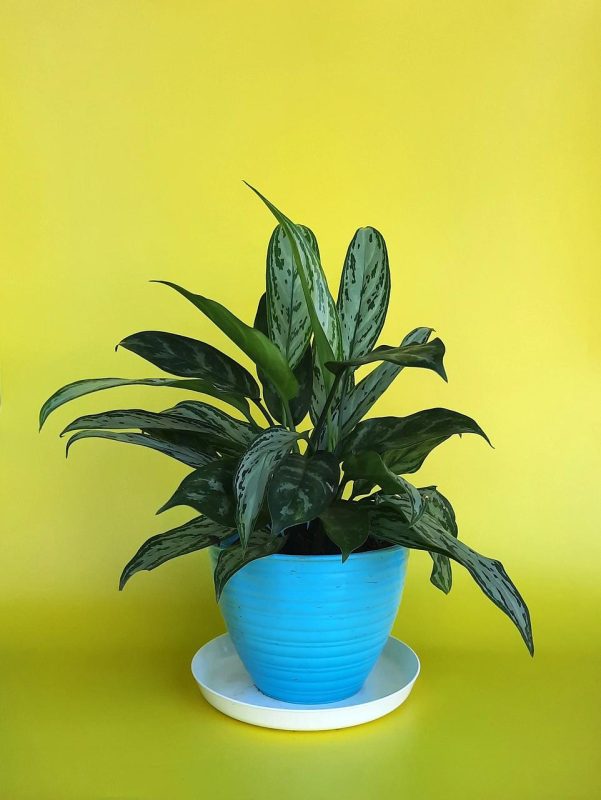
Chinese Evergreen is a hardy and adaptable plant, known for its tolerance to various light conditions and temperatures. With its striking variegated leaves, this plant is capable of removing toxins like formaldehyde and benzene from the air. Chinese Evergreen prefers moist soil, but it’s important not to overwater. This plant is ideal for those seeking a low-maintenance yet visually appealing air purifier.
Gerbera Daisy

While commonly associated with vibrant floral arrangements, Gerbera Daisies also serve as effective air purifiers. These colorful flowers can filter out benzene and formaldehyde, making them a cheerful addition to your indoor space. Gerbera Daisies thrive in bright light and require regular watering and well-draining soil. Their beauty and air-purifying abilities make them a favorite for brightening up any room.
Parlor Palm
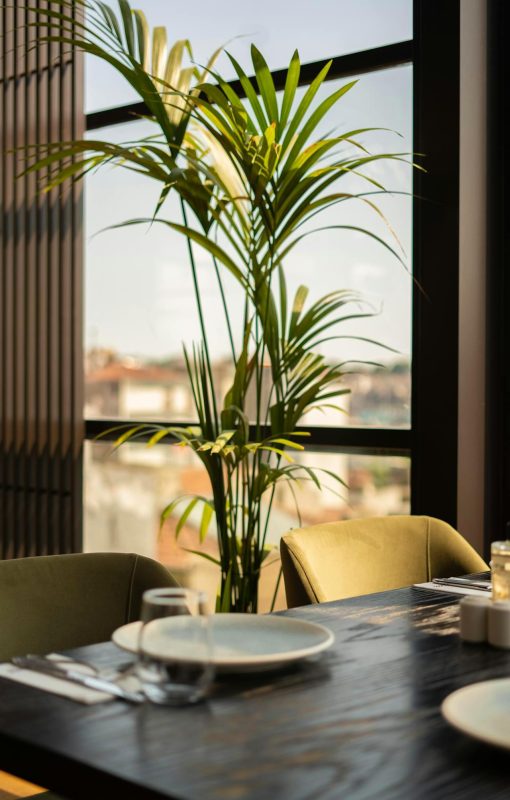
The Parlor Palm is a classic indoor plant with a graceful appearance and small, arching fronds. Known for its air-purifying qualities, it can effectively filter toxins like formaldehyde and xylene. This palm prefers low to medium light and does well in average humidity, making it a perfect choice for living rooms or workplaces. It requires infrequent watering, allowing the soil to dry out slightly between waterings.
Cast Iron Plant
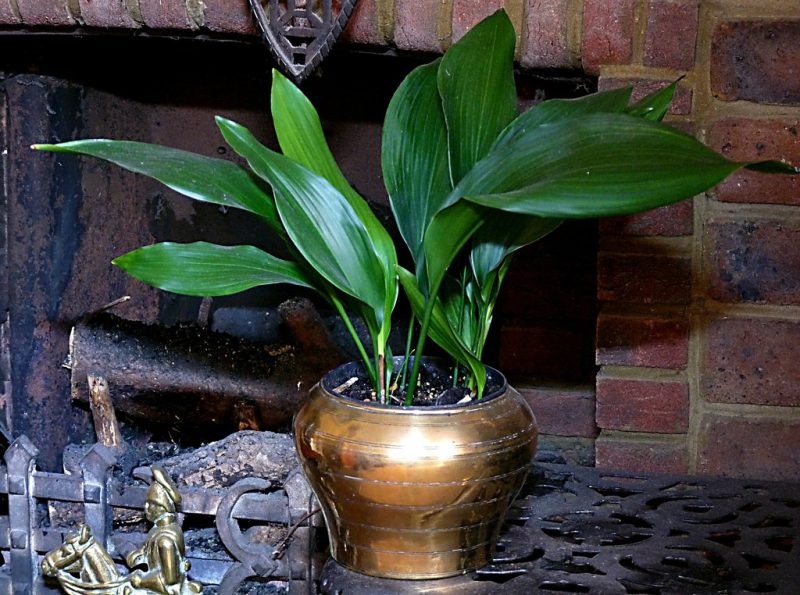
As the name suggests, the Cast Iron Plant is known for its ability to withstand neglect, making it perfect for those who may struggle to keep plants alive. This plant has dark green, strap-like leaves and can tolerate a wide range of conditions, including low light and humidity levels. The Cast Iron Plant helps remove toxins such as formaldehyde from the air, all while being incredibly resilient.
Begonia
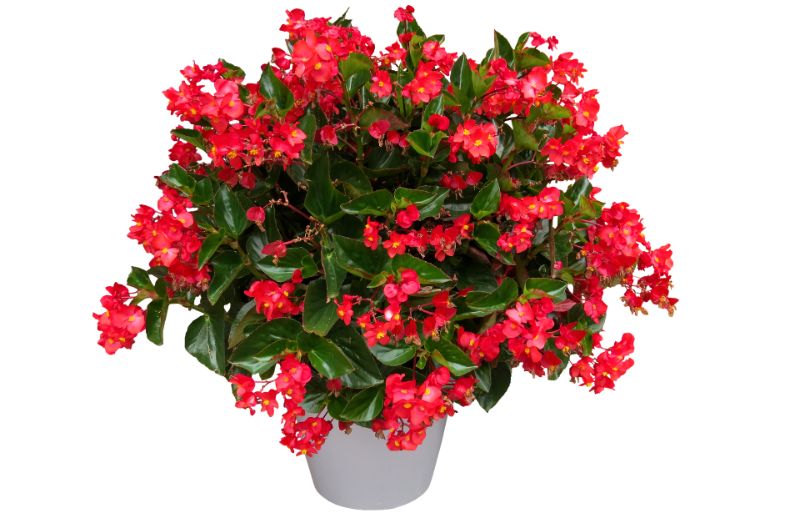
Begonias are not only beautiful but also effective air purifiers. With their stunning foliage and colorful flowers, they can brighten any indoor space. Begonias have been known to filter out pollutants and enhance air quality. They prefer indirect light and need to be watered when the topsoil feels dry. With proper care, these plants can thrive and add aesthetic value to your home.
Scindapsus (Devil’s Ivy)
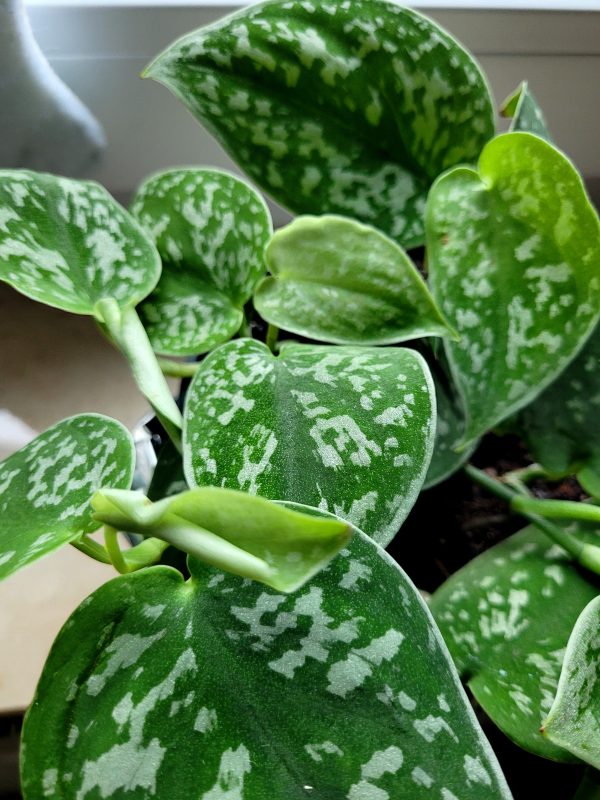
Scindapsus, commonly referred to as Devil’s Ivy, is a popular trailing plant known for its heart-shaped leaves and ability to purify the air. It filters out toxins, including formaldehyde and xylene, making it a smart choice for improving indoor air quality. Devil’s Ivy can thrive in low light and prefers to dry out between waterings, which makes it perfect for busy households.
Conclusion
Incorporating plants into your indoor space is a beautiful and effective way to improve air quality. The plants outlined above not only provide aesthetic appeal but also purify the air by removing harmful toxins such as formaldehyde, benzene, and carbon monoxide. Maintaining a greener environment contributes to better health and well-being, enhancing mood and productivity.
When choosing plants, consider the light conditions in your home, the level of maintenance you can provide, and the specific air pollutants you wish to target. Creating a healthier indoor atmosphere can be as simple as adding a few of these plants to your living space. Over time, you’ll appreciate the fresh, clean air and the vibrant life that plants bring into your home.
Remember that while plants can aid in improving indoor air quality, they should not be considered a replacement for proper ventilation and air circulation. Instead, think of them as valuable allies in your quest for a healthier living environment.


